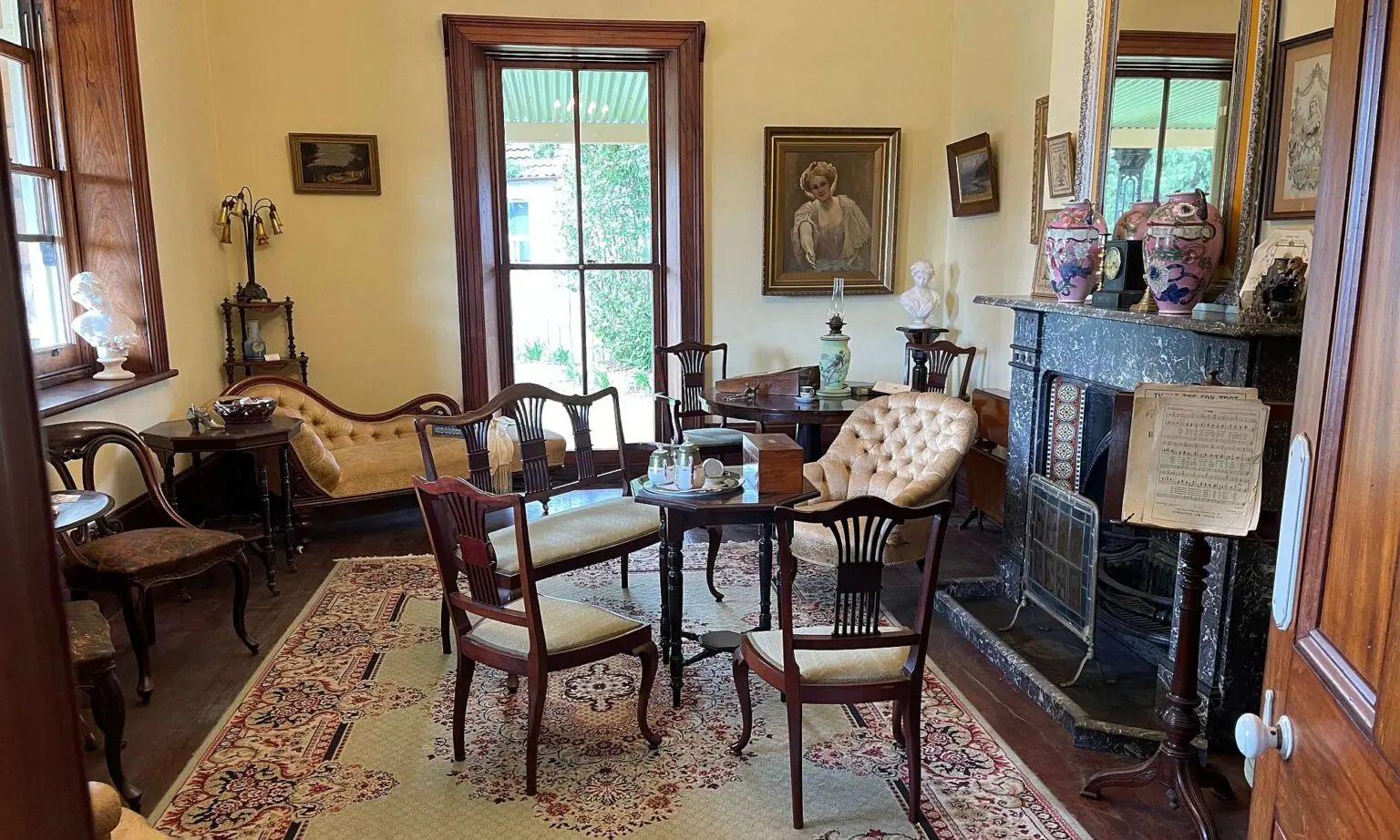by Tina Workman The St George area was very fortunate that Rockdale Council had the foresight to purchase a stone cottage called Lydham Hall many decades ago with the sole purpose of conserving this beautiful old house which, in turn, would provide the area with a local history museum and a home for the St …
Kingsgrove
by B. J. Madden Kingsgrove was the site of a factory for the manufacture of tobacco and snuff for about 20 years from 1854. Thomas Smithson was a native of Leeds, Yorkshire (born c 1814). He and his family are said to have arrived in Sydney on the ship Ascendant in 1852, and resided at …
Lydham Hall
by Valmai Long Joseph Davis built “Lydham Hall” on Lydham Hill when he purchased 68 acres of the original land grant given to James Chandler by Governor Brisbane. This was the first subdivision of Bexley. Large blocks of sandstone were hauled uphill to the building site from the quarry, now the corner of Villiers Street …
The Affairs Of James Beehag, A Rockdale Pioneer
by Gifford Eardley Amongst the earliest settlers of the Rockdale area was Mr. James Beehag, a descendant of a French Huguenot farming family formerly known as Behague, who was born at Southminster, a village set amidst the wheatfields on the flat lands of the English country of Essex. This rural village is placed at a …
Continue reading “The Affairs Of James Beehag, A Rockdale Pioneer”
Walk and Drive Guides
During Local Government Week, August 1998, Rockdale City Council launched a series of walk and drive guides to encourage a broad appreciation of the city. They highlight points of interest in the 1991 Rockdale Heritage Study by Meredith Walker and Terry Kass. The Heritage Adviser, Gary Stanley, produced the guides. The council was merged with City …

